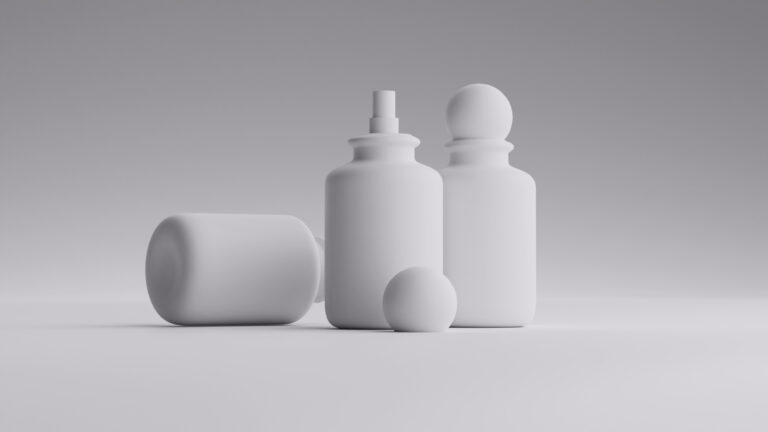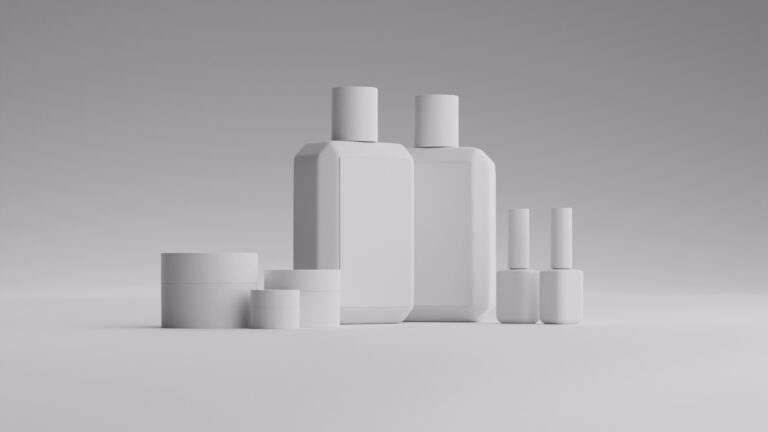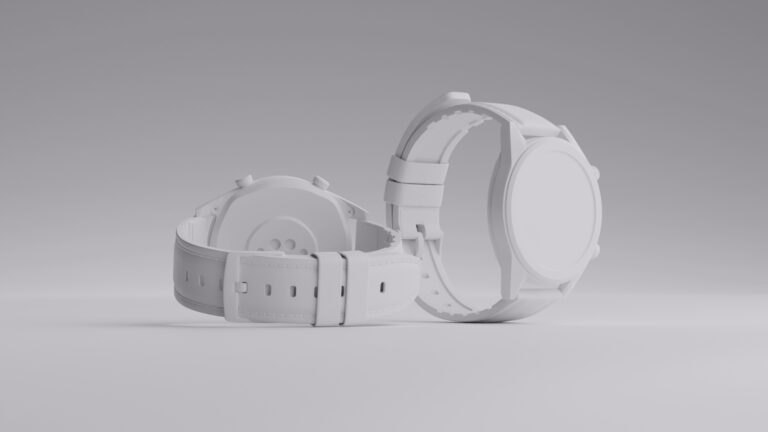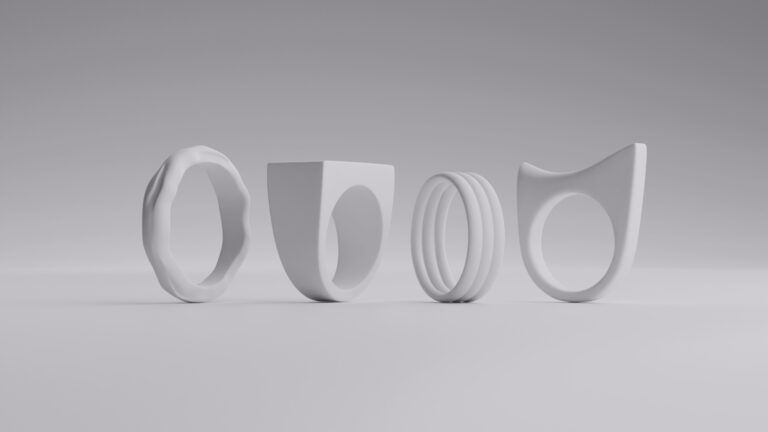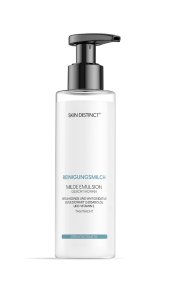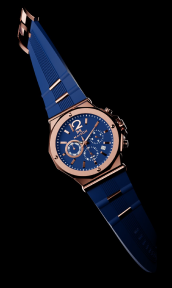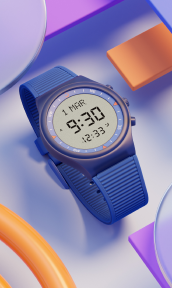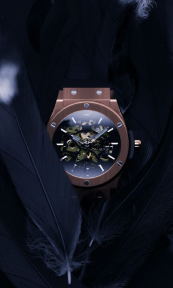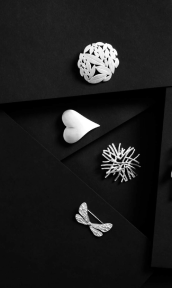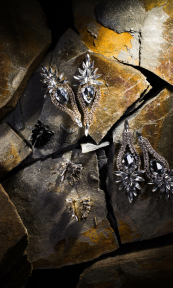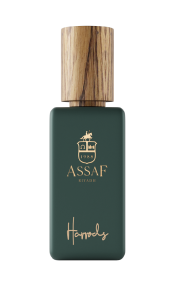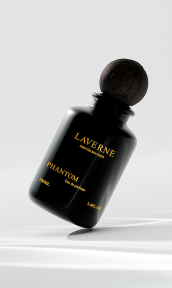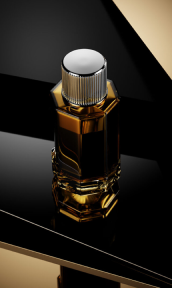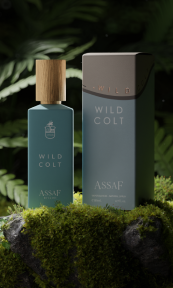Professional product photography drives purchasing decisions, builds brand trust, and sets successful e-commerce businesses apart from their competitors. This comprehensive guide will walk you through everything you need to know about commercial product photography, from essential equipment and lighting techniques to advanced styling and post-production workflows that can transform ordinary products into compelling visual stories.
What is commercial product photography?
Commercial product photography is a specialized field focused on creating high-quality images that showcase products for marketing, advertising, and sales purposes. Beyond simple documentation, it combines technical expertise with artistic vision to highlight a product’s best features and appeal to target audiences. Professional product photographers work with businesses of all sizes to create images for e-commerce platforms, marketing materials, packaging, and advertising campaigns.
Essential equipment and setup

Professional commercial product photography requires a carefully curated set of tools and equipment to achieve stunning results. The foundation of great product images lies in having the right gear and knowing how to use it effectively.
High-quality cameras with manual controls are essential for precise exposure and focus control. While full-frame cameras offer superior image quality and dynamic range, crop-sensor cameras can also produce excellent results when paired with appropriate lenses. The Canon 5D or Sony A7 series are popular choices among professional product photographers.
Proper lighting equipment dramatically impacts the final image quality. Continuous LED lights offer immediate visual feedback and consistent illumination, while studio strobes provide more power and faster recycling times. A minimum of two light sources allows for main and fill lighting, though complex setups might require additional units to highlight specific product features.
A sturdy tripod with precise adjustment capabilities ensures sharp images and consistent framing across multiple shots. Carbon fiber tripods offer excellent stability while remaining lightweight, making them ideal for both studio and location shoots.
Mastering lighting techniques

Lighting is the cornerstone of successful commercial product photography, capable of transforming ordinary objects into compelling visual stories. Understanding how to manipulate light can elevate your product images from basic documentation to professional marketing assets.
Diffused lighting creates soft shadows and minimizes unwanted reflections on shiny surfaces. Large softboxes or light modifiers help achieve this effect by spreading light evenly across the product. The size of the light source relative to the subject determines the softness of shadows and highlights.
The direction and angle of light significantly impact texture and form. Side lighting emphasizes texture and depth, while front lighting minimizes shadows but may flatten the subject. Multiple light sources working in harmony can create depth while maintaining detail in both highlights and shadows.
Color temperature consistency across all light sources ensures accurate product representation. Using color-calibrated lights or applying appropriate white balance corrections helps maintain true product colors, which is crucial for e-commerce photography where color accuracy can influence purchasing decisions.
Composition and styling strategies

The way products are arranged and presented within the frame can significantly impact their perceived value and appeal to potential customers. Strategic composition transforms ordinary product shots into compelling commercial photography that drives sales.
Negative space creates a visual breathing room and draws attention to the product. Following the rule of thirds helps achieve balanced compositions while leading lines guide viewers’ eyes to key product features. These fundamental design principles become particularly important when shooting for e-commerce platforms where clean, professional images are expected.
Product styling must align with brand identity and target audience expectations. Luxury items often benefit from minimalist presentations that emphasize quality and craftsmanship, while lifestyle products may require contextual elements that demonstrate their use or appeal. Props and backgrounds should complement rather than compete with the main subject.
Attention to detail in product preparation ensures professional results. Cleaning products thoroughly, removing dust, and carefully arranging any moving parts or fabric elements prevents time-consuming post-production work. A professional stylist can be invaluable for complex shoots involving clothing, food, or elaborate setups.
Post-production workflow

Post-production plays a crucial role in commercial product photography, transforming good images into exceptional ones through careful enhancement and refinement. A systematic approach to editing ensures consistency across product collections while maintaining efficiency.
Color correction and white balance adjustments ensure accurate product representation across different viewing devices. Professional monitors calibrated for color accuracy help achieve precise results. Creating standardized presets for common adjustments streamlines the workflow while maintaining brand consistency.
Advanced retouching techniques remove distracting elements while preserving product authenticity. Focus stacking can achieve perfect sharpness throughout the image, while careful dust removal and surface refinement enhance product presentation. However, maintaining natural-looking results requires restraint and attention to detail.
File management and delivery systems keep projects organized and meet client specifications. Implementing a clear naming convention and backing up files regularly prevents costly mistakes. Different file formats and sizes may be required for various platforms, from high-resolution print materials to web-optimized images.
Emerging technologies and trends

The commercial photography landscape continues to evolve with new technologies and techniques that expand creative possibilities. Staying current with these developments helps photographers deliver innovative solutions to clients.
Automated product photography systems are streamlining high-volume shoots. 360-degree photography rigs and automated lighting systems increase efficiency while maintaining consistency across large product catalogs. These systems are particularly valuable for e-commerce businesses requiring numerous product variations.
Mobile photography apps and tools are becoming increasingly sophisticated, offering professional-quality results with minimal equipment. Advanced smartphone cameras paired with specialized lighting accessories can produce impressive results for social media and quick turnaround projects.
AI-powered editing tools are revolutionizing post-production workflows. Automated background removal, batch processing, and intelligent retouching features save time while maintaining professional standards. These tools are particularly valuable for handling large volumes of product images efficiently.
Computer-generated imagery (CGI) is rapidly transforming the product photography landscape, offering unprecedented flexibility and cost-effectiveness. With CGI, products can be visualized before physical prototypes exist, shown in impossible environments, or presented from any angle without the constraints of physical photography. This technology enables instant modifications to colors, materials, and environments, eliminating the need for repeated photo shoots. For businesses launching multiple product variants or requiring frequent updates, CGI provides a scalable, efficient solution that maintains consistent quality while reducing long-term costs.
Wrapping up
While traditional commercial product photography offers proven results, the industry is experiencing a transformative shift toward CGI solutions. This innovative approach provides unprecedented control over every aspect of product presentation, from lighting and composition to environmental elements and special effects.
CGI product visualization offers distinct advantages over conventional photography, including faster turnaround times and greater cost-effectiveness. With CGI, products can be showcased in any context or environment without physical limitations, and modifications can be made instantly without requiring additional photo shoots. By partnering with professional CGI artists and teams, businesses can achieve photorealistic results that are indistinguishable from traditional photography while enjoying greater flexibility and creative freedom in their visual content strategy.
FAQ
What is the minimum equipment needed for professional product photography?
Essential equipment includes a DSLR or mirrorless camera with manual controls, at least two light sources with modifiers, a sturdy tripod, and a suitable backdrop or lightbox setup.
How long does a typical commercial product photography session take?
Session length varies depending on complexity, but typically ranges from 1-3 hours for simple products to full days for complex setups or large product collections.
What file formats are best for commercial product photography?
RAW format is preferred for shooting as it provides maximum editing flexibility. Final deliverables usually include high-resolution TIFF files for print and optimized JPEGs for web use.
How much should I budget for professional product photography?
A: Professional product photography rates vary widely based on location and complexity, typically ranging from $50-500 per product for standard shots, with complex or high-end products commanding higher rates.
Is it better to outsource product photography or develop in-house capabilities?
This decision depends on volume, budget, and quality requirements. High-volume e-commerce businesses might benefit from in-house capabilities, while luxury brands or specialized products often benefit from professional studio expertise.




